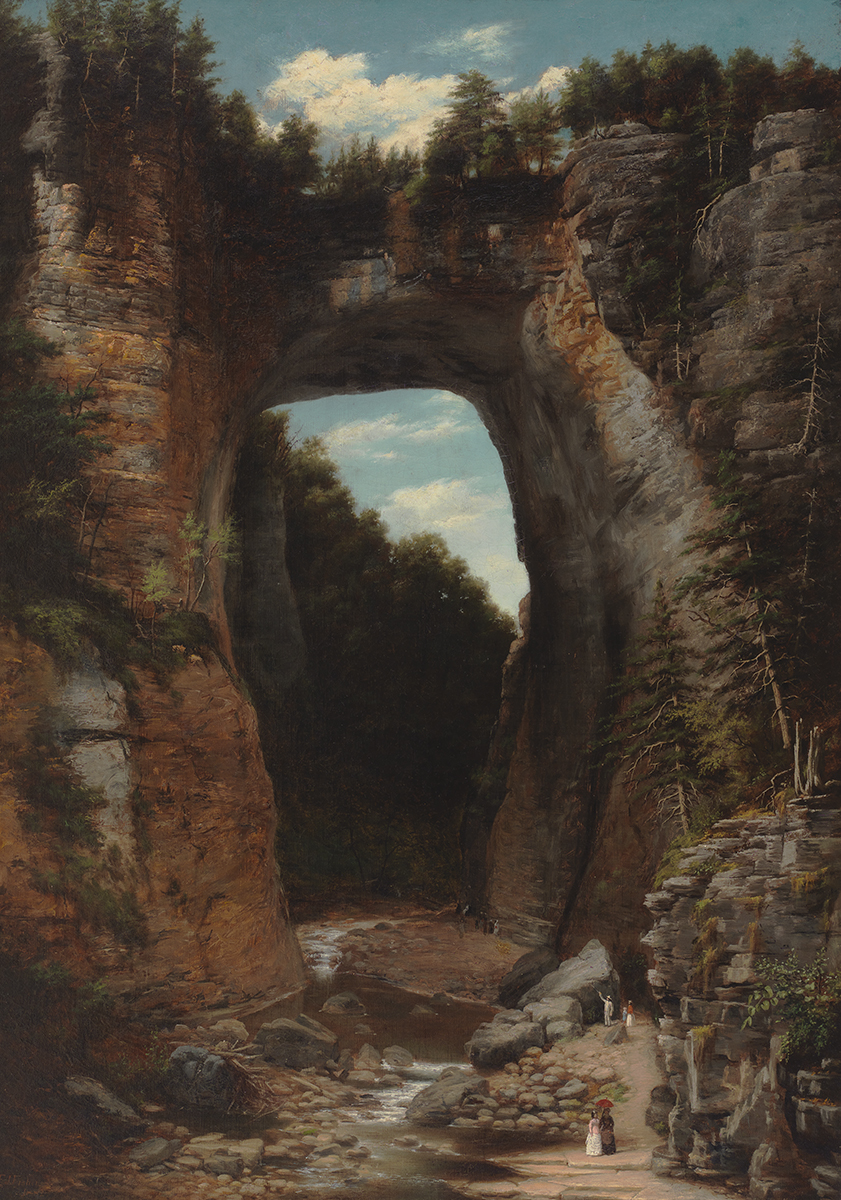It brought settlers and wars to the region, the federal capital to its edge, and its harbors facilitated commerce and an expansion of military facilities in the twentieth-century. Terrain and climate have determined the nature of the state’s agriculture and industries. To help understand this setting that has been critical to life in Virginia for thousands of years, geographers have identified five physical regions in the state: the Coastal Plain (Tidewater), Piedmont, Blue Ridge Mountains, Valley and Ridge, and Appalachian Plateau. To illustrate these five regions, selections from the display of landscape paintings at the Virginia Historical Society are pictured here.
Learn more about Virginia's regions in the Our Commonwealth and Landscapes of Virginia exhibitions.



![Piedmont - "Liberty [Bedford] and the Peaks of Otter" by Edward Beyer, 1855 Piedmont - "Liberty [Bedford] and the Peaks of Otter" by Edward Beyer, 1855](/sites/default/files/VHE_RegionsOfVirginia_Bedford.jpg)






